
 DoneThat
DoneThat
Insole Court, Llandaff, Cardiff, Glamorgan.
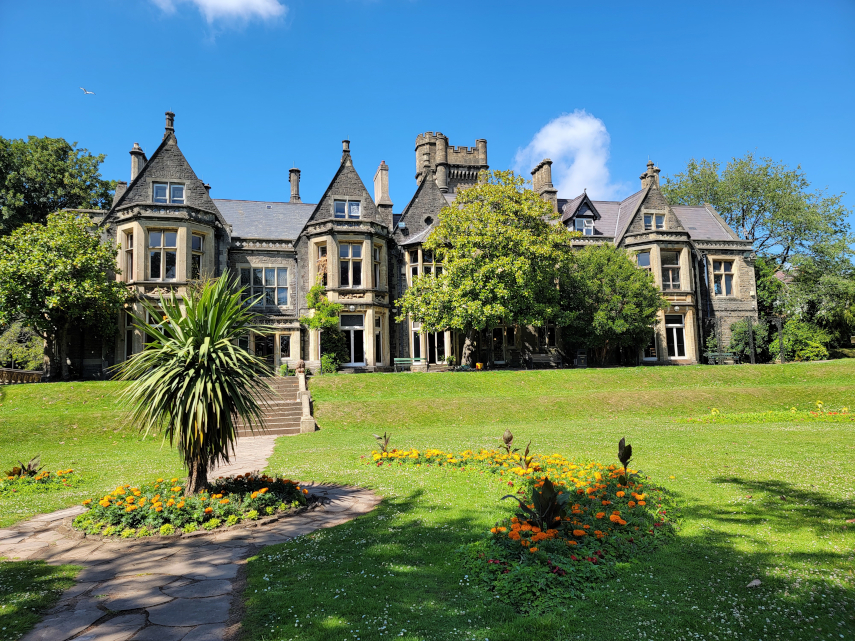

Insole Court, a Victorian Gothic Mansion, from the garden. Insole Court is run by the Insole Court Trust, is free to enter, and there is free parking.
The Insole family lived on the site from 1856 to 1938, had extensive coal-mining interests across the South Wales Coalfield, and were closely involved in the development of the Barry Railway Company and the associated docks.
| Comment |
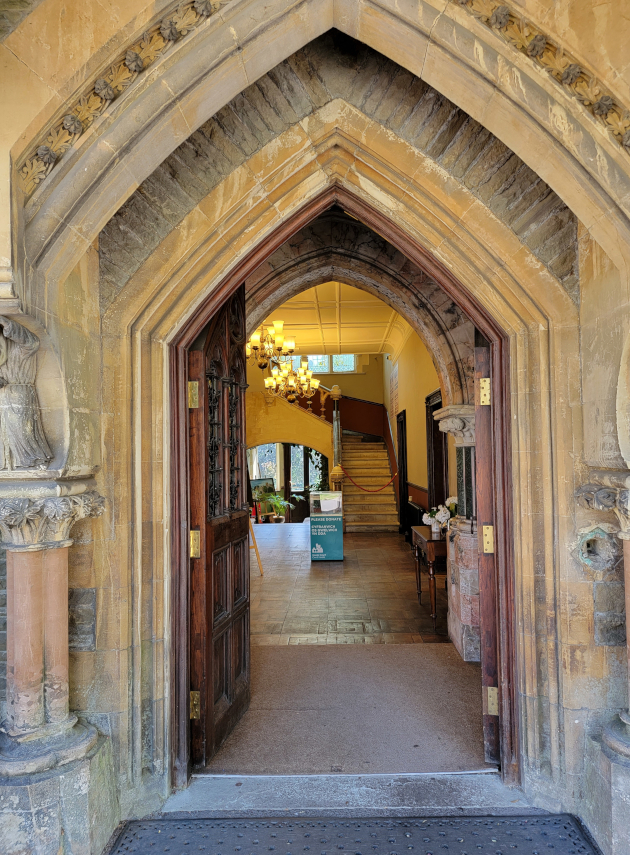
The Main Entrance.
In the 1870s James Harvey Insole wanted the to change the appearance of the building into the Gothic Revival architecture reminiscent of that of Lord Bute's architect William Burges on Cardiff Castle.
| Comment |
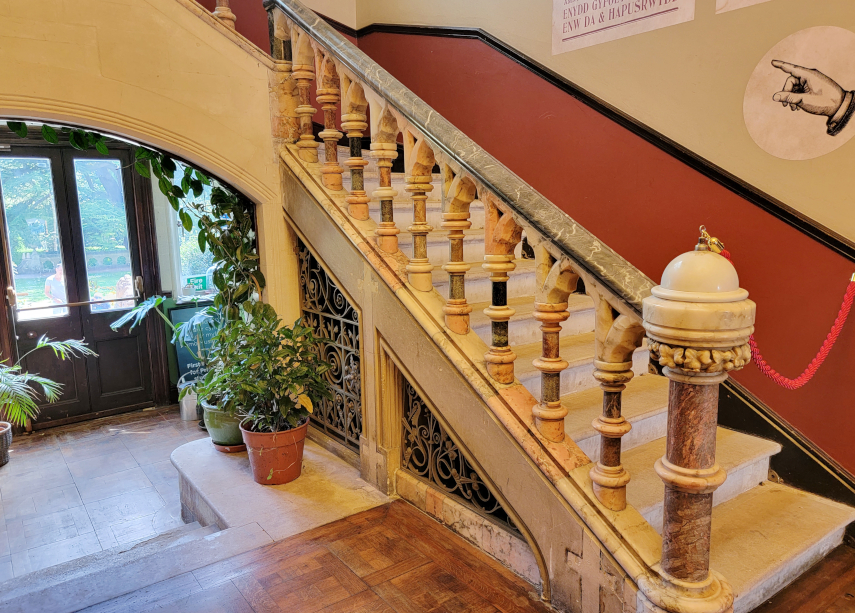
The Grand Staircase.
The modifications to the building also included the addition of a neo-Gothic tower, similar to the clock tower which Burges had added to the castle in 1869. Insole's tower contained a smoking room at the very top.
| Comment |
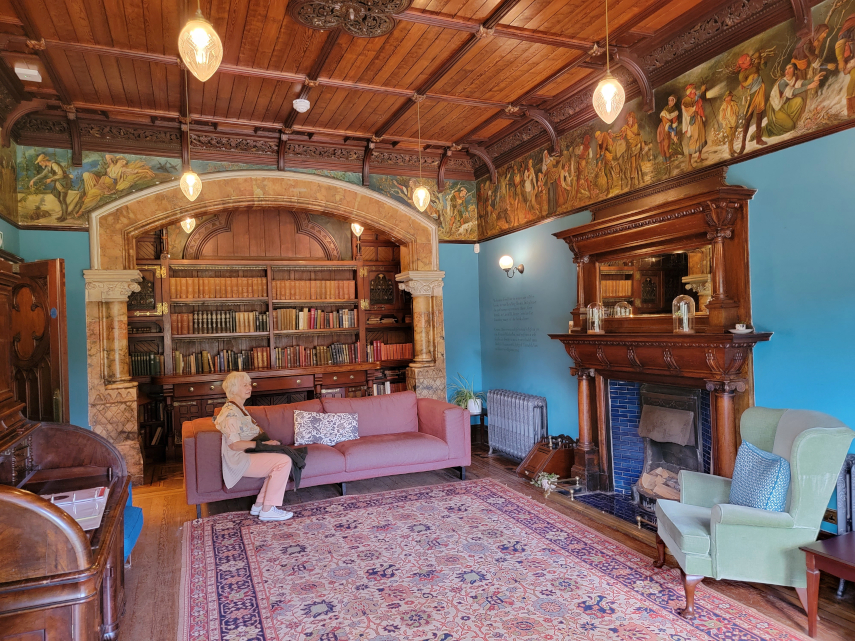
The Library.
In the 1930s Cardiff Council were looking to develop an orbital road system around the city. To facilitate the creation of the road the Council bought the entire 57 acres estate in 1932 and redeveloped much of the estate lands as housing, leaving just the mansion and ornamental gardens.
| Comment |
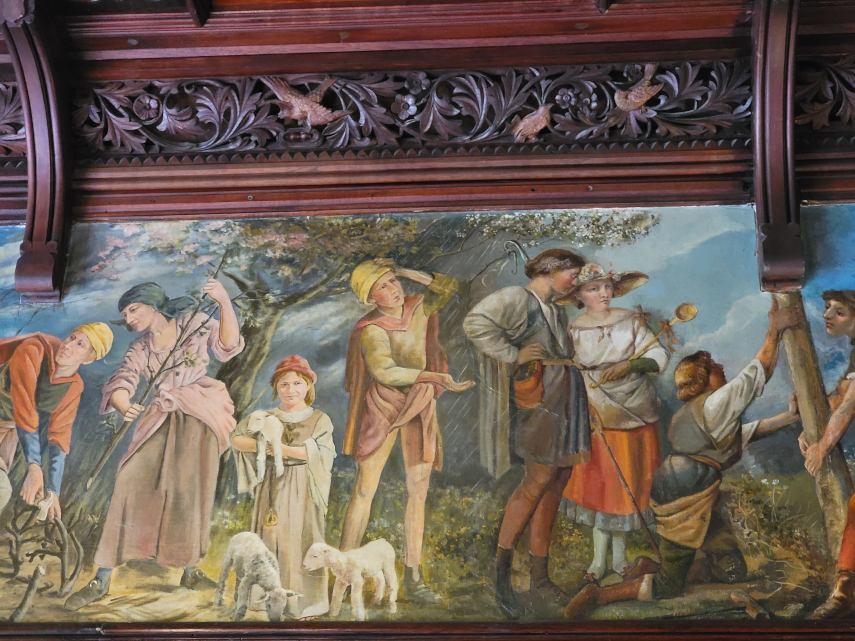
Part of the Frieze in the Library.
The Insole Court Trust restored and redeveloped Insole Court into a visitor attraction. During restoration, beautiful stencilling and decoration was found on the walls throughout the house, which were believed to date to the 1870s.
| Comment |